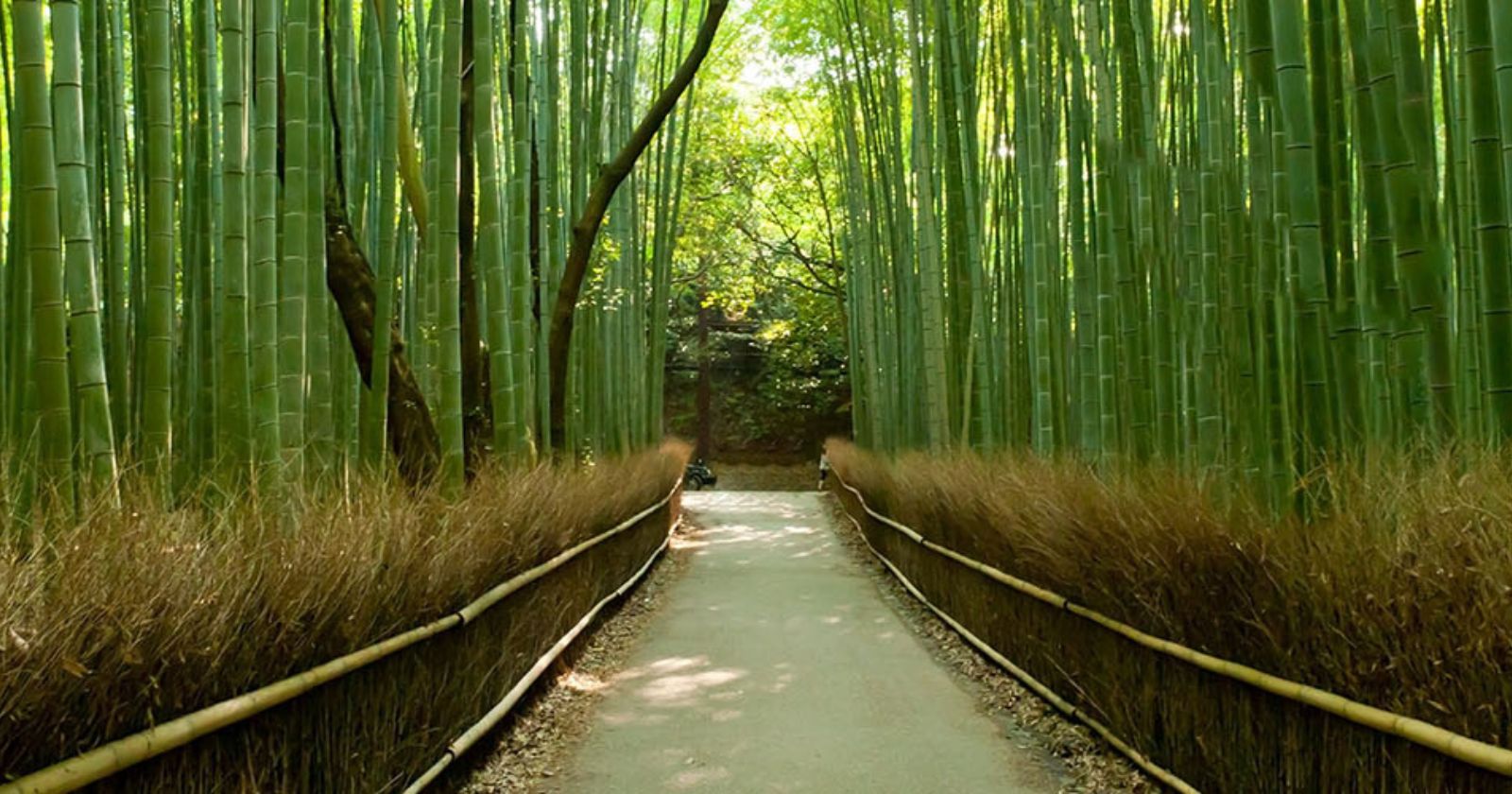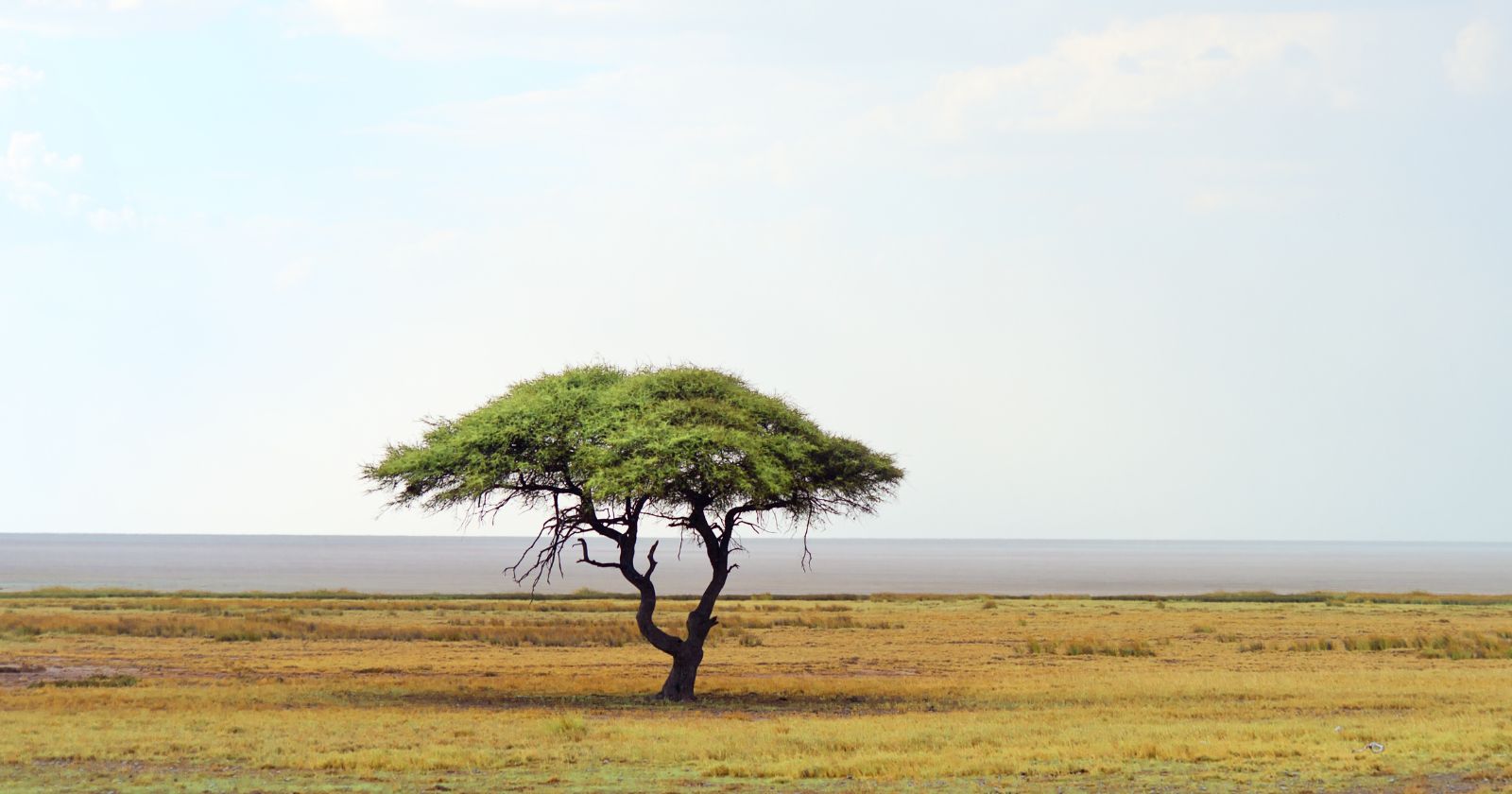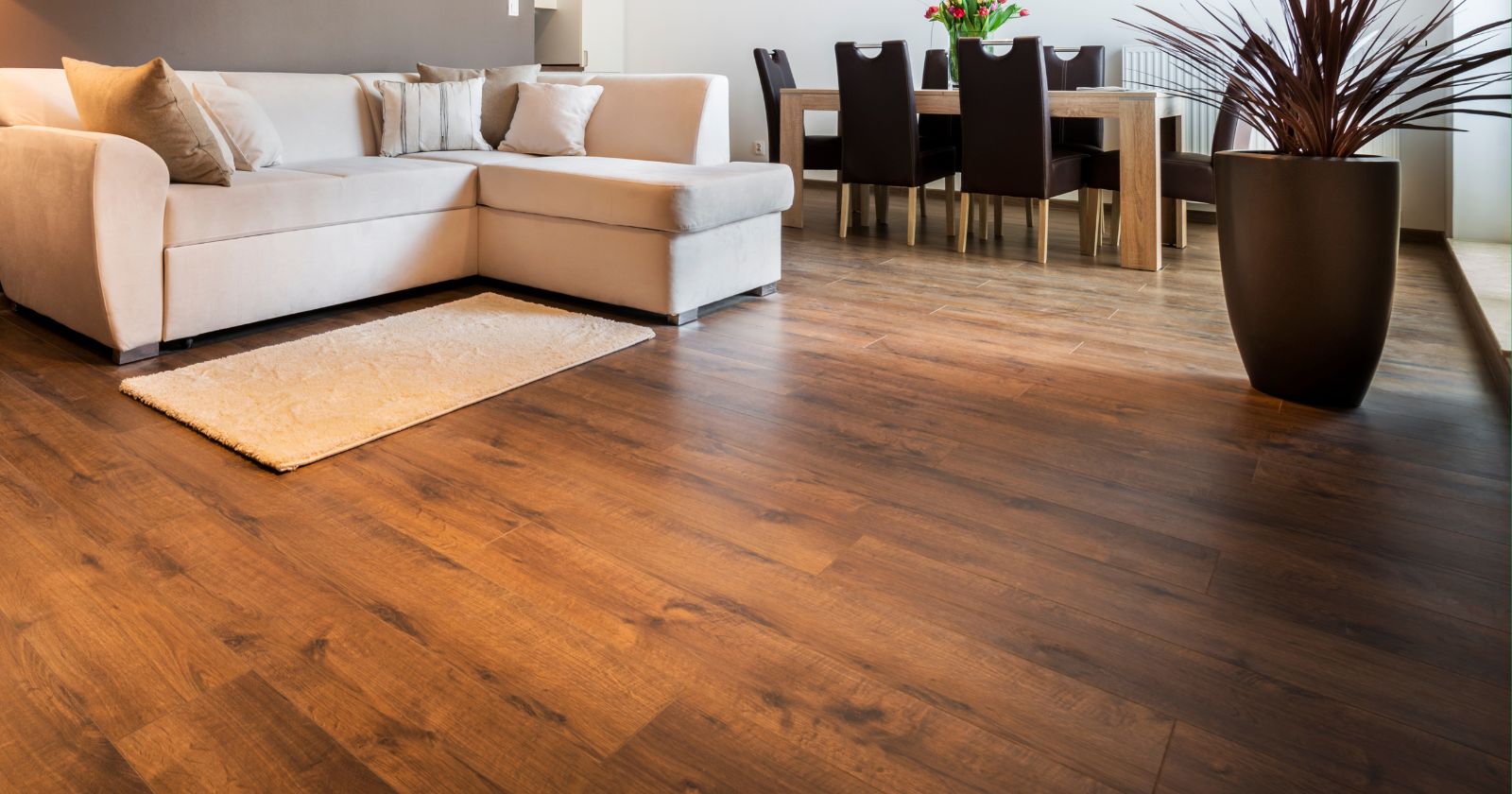Bamboo is a fast-growing material that can be used in the production of many different products, including clothing, fuel, furniture, and food. It is often touted by manufacturers as a green and eco-friendly material – but is it?
Bamboo is sustainable when it is grown organically and used naturally, such as when it is used to make furniture. Unfortunately, many uses of bamboo are not eco-friendly because of the manufacturing processes used.
So, the bamboo toothbrush sitting in your bathroom is probably sustainable because the raw bamboo is biodegradable, but a t-shirt made from bamboo fibers is less likely to be sustainable because it has been chemically treated.
Of course, it’s not just about the manufacturing process. The way the bamboo is mass-produced and grown can also affect how sustainable it is – although, as we’ll see, bamboo can be grown sustainably with little chemical use. Let’s take a closer look at how bamboo is cultivated, harvested, shipped, and produced into ‘eco-friendly’ products:
What is Bamboo?
Bamboo is a tree-like grass that is easy to farm and harvest. There are over 1000 species of bamboo and some variants are some of the fastest-growing plants on earth. It is also one of the few plants that do not require any chemicals to support its growth. That means it can be reliably (and profitably) grown without the use of chemical fertilizers or pesticides, unlike many other natural products.
As well as growing faster, bamboo also converts carbon dioxide into oxygen up to 35% faster than a similar group of trees – although, of course, that carbon dioxide is likely to be released should the bamboo product become waste. It can be found growing in Africa, the USA, Southeast Asia, and Latin America.
Bamboo plants grow slowly at first and take about five years to reach maturity, after which they exhibit that astonishingly fast growth that you probably associate with bamboo. After the bamboo reaches maturity, it can be harvested annually; you only have to plant the bamboo once and then you can harvest it many times. This compares very favorably with woods that might take 30 years to grow and can then only be harvested once.
When is Bamboo Sustainable?
In its raw form, bamboo is considered highly sustainable and a great choice for eco-conscious customers. It grows fast without chemicals, can be harvested every year, and the resulting product is strong, looks good, and will biodegrade once its useful life has ended.
One small negative is that because it is farmed mainly in China and India, there is very little information about how it is grown. It is possible chemical fertilizers are used to speed up the growth, although that is not typically necessary for growing bamboo and so it is not likely.
So natural bamboo is eco-friendly, but is bamboo sustainable once it’s been turned into the products you buy in the shops? The answer is it depends. Any use of bamboo in its natural form is pretty sustainable because of the reasons listed above. This includes furniture and construction uses (check out this extensive guide we’ve created on sustainable construction materials if you want to know more).
However, as we’ll see in the next sections, common bamboo fabric such as rayon is not so sustainable. To create this, the bamboo undergoes significant chemical treatment, making the final product semi-synthetic rather than natural.
Additionally, any discussion of the sustainability of bamboo should include shipping. Most bamboo is grown in Asia. This means it is often shipped to other countries to be used. This is no different from many other products and materials, but does add to the overall carbon footprint of bamboo if you are purchasing it in the USA or Europe.
Is Bamboo Furniture Sustainable?
Yes. When bamboo is used in furniture it is considered a sustainable and renewable material, making it a great choice for eco conscious consumers who are looking for stylish furniture for their homes. Compared to many hardwoods used in furniture, bamboo is quicker to grow and renews annually. It also does not need any pesticides to grow.
Strong and robust, bamboo is often used as a construction material, so your bamboo furniture is likely to last for a long time. Most manufacturers also laminate the bamboo materials before turning it into furniture to further strengthen the end product. With proper care and maintenance, bamboo furniture can last for years.
Bamboo furniture looks good too – it has a fine, natural grain that is simple yet elegant, and can be finished or stained to match other pieces in your home – and best of all, bamboo furniture is relatively cost-effective compared to other materials.
Overall, bamboo is a good choice for furniture. We suggest you stick to brands that not only guarantee the sustainability of the bamboo they are using but also offer fair wages and working practices for the farmers who are growing it.
Are you interested in sustainable furniture? Check out our mammoth sustainable furniture guide for more information, including brand reviews and a buyers guide.
Are Bamboo Clothes Sustainable?
There are two ways to use bamboo to create fabric:
First, you can weave bamboo fibers and spin a thread. This creates what is known as bamboo linen. This process is sustainable; however, the resulting bamboo linen is not soft to the skin or comfortable to wear, and the manufacturing process is also time-consuming and expensive. This process is rarely used, and you are unlikely to see bamboo linen clothing for sale on the high street.
Secondly, and far more commonly, bamboo is turned into a fabric called rayon through the use of one of several chemical processes. These processes are faster, cheaper, and more convenient than bamboo linen and create a better fabric but are also less sustainable. These processes are not considered a ‘closed loop’ because chemicals used in the manufacturing process (including carbon disulfide and sodium hydroxide) are lost into waste water. From there, they enter the environment and cause damage.
Unfortunately, these chemical processes have another side effect. Bamboo’s excellent UV resistance and antibacterial properties – two benefits manufacturers are often quick to quote when advertising bamboo products – have not been proven to still work after undergoing these chemical processes.
The one decent alternative is bamboo rayon created using a chemical process known as the Lyocell process (often advertised using the brand Tencel). The bamboo rayon creating using this process uses fewer chemicals and more than 99% of the water and solvents used can be recovered, which makes it better for the environment than viscose rayon.
Unfortunately, lyocell rayon is more expensive than viscose rayon, so you don’t see it used that much. Most bamboo clothing is produced unsustainably but marketed as a green product. This ‘greenwashing’ confuses consumers and tricks them into believing they are making an environmentally-friendly purchase when they actually aren’t.
Overall, organic cotton is a better alternative to bamboo fabric in most cases. Consumers who want to buy bamboo fabric or clothes should carefully check the brand’s eco-credentials to see which process they are using, how efficient it is, and what the likely problems it might cause before they purchase bamboo rayon clothing.
Bamboo Toilet Roll
Bamboo toilet roll is a great alternative to normal toilet roll, which is normally created using virgin hardwood. This has led to deforestation and the removal of natural habitats; bamboo is a much more renewable source. To make matters worse, these toilet rolls are then packed in plastic packaging!
Several companies now offer bamboo toilet rolls instead. These are better for the environment and packed in environmentally friendly packaging. Bamboo can produce strong fibers without the assistance of chemicals and regrows fast, which means its ideal.
Since there are no chemicals used for manufacturing the product, if it ends up in the landfill, bamboo toilet rolls easily return to the earth. Rest assured that it will not release toxins or chemicals as it decomposes.
Like many eco-friendly choices, this does come with a higher price, but we believe it’s worth it to protect the environment.
Interested? Here are a few brands you might want to try:
Who Gives a Crap creates toilet roll from 100% bamboo, ships in eco-friendly packaging, and donate 50% of their profits to building toilets for people who don’t have them.
No. 2 offers FSC-certified bamboo toilet roll. They’re also known for their eye-catching packaging designs, which are made using soy-ink.
Bim Bam Boo is also made with FSC-certified bamboo and is aimed at women. It is guaranteed free of any ingredients that could disrupt vaginal pH.
Bamboo Biofuel
In some parts of the world, the bamboo plant is used to produce biofuel. This is when the bamboo is converted into solid, gas, or liquid fuel to provide energy. This can be done in several ways – in biomass-fed combustion plants, through the production of bioethanol, by using the bamboo to create biocrude oil, and even by using it to create a combustible gas.
Check out this detailed (and rather technical) scientific paper if you want to know more.
Should an Eco-Conscious Consumer Buy Bamboo Products?
With the exception of clothing and fabric, eco-conscious consumers should buy and use bamboo products. It’s not perfect (nothing is), but because it grows fast, has little need for pesticides or fertilizers, and decomposes naturally, it is overall a very good choice. It’s also durable, easy-to-clean, and looks nice when used for furniture. For clothing we suggest organic cotton as a better alternative to bamboo fabric; clothes made from sustainable bamboo use unsustainable manufacturing processes that harm the environment.
As always, we recommend you check an individual brand’s eco-credentials before purchasing, but if the product is made from natural bamboo that hasn’t been chemically treated, it should be eco-friendly.






